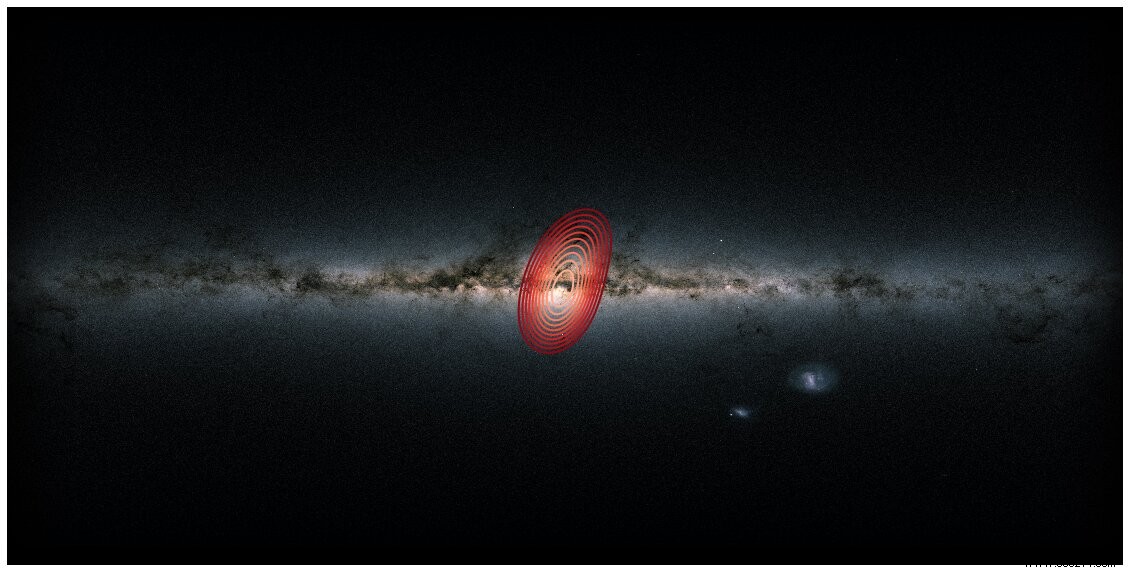Astronomers drawing on data from the Galactic Evolution Experiment (APOGEE), Apache Point Observatory, have isolated the presence of a " fossil galaxy" hidden in the depths of the Milky Way.
In the universe, everything is in motion. It then sometimes happens that certain galaxies approach each other, eventually colliding and merging. About ten billion years ago , one of these structures rubbed shoulders with the still very young Milky Way, to finally be absorbed. The remains of this small "fossil galaxy" have been found by astronomers. Details of the study are published in the Monthly Notices of the Royal Astronomical Society .
Astronomers named this ancient galaxy Heracles, after the ancient Greek hero who was given the gift of immortality when the Milky Way was created. The remnants of the structure make up about a third of our galaxy's spherical halo, meaning that this newly discovered ancient collision must have been a major event in its history.
But if stars and gas from this galactic "fossil" make up such a large percentage of this halo, how come this matter has gone unnoticed for so long? Because it is buried deep in the "heart" of the Milky Way.
“To find a fossil galaxy like this, we had to examine the detailed chemical makeup and motions of tens of thousands of stars “, says Ricardo Schiavon of Liverpool John Moores University (LJMU). "This is especially difficult to do for stars in the center of the Milky Way, as they are hidden from view by clouds of interstellar dust “.
As part of this work, the researchers relied on APOGEE, an instrument that allows them to "pierce" this dust. Over the past decade, researchers have focused on analyzing the spectra of approximately 500,000 stars throughout the galaxy , several thousand of which evolve in the central core.
On this sample, a few hundred showed remarkably different chemical compositions and speeds . In other words, they had to come from another galaxy. By studying them in detail, researchers were then able to trace their precise location and history.

Note that this is not the only structure to have been absorbed by our galaxy. We do know that the Milky Way has already "devoured" a few dwarf galaxies during its evolution. New signed data from the Gaia mission suggests that one of these encounters took place quite recently, about 500 million years ago .
Finally, we know that the Milky Way must also "rub" against the larger Andromeda, in about 4.5 billion years . Whether our galaxy will be completely absorbed is another story.